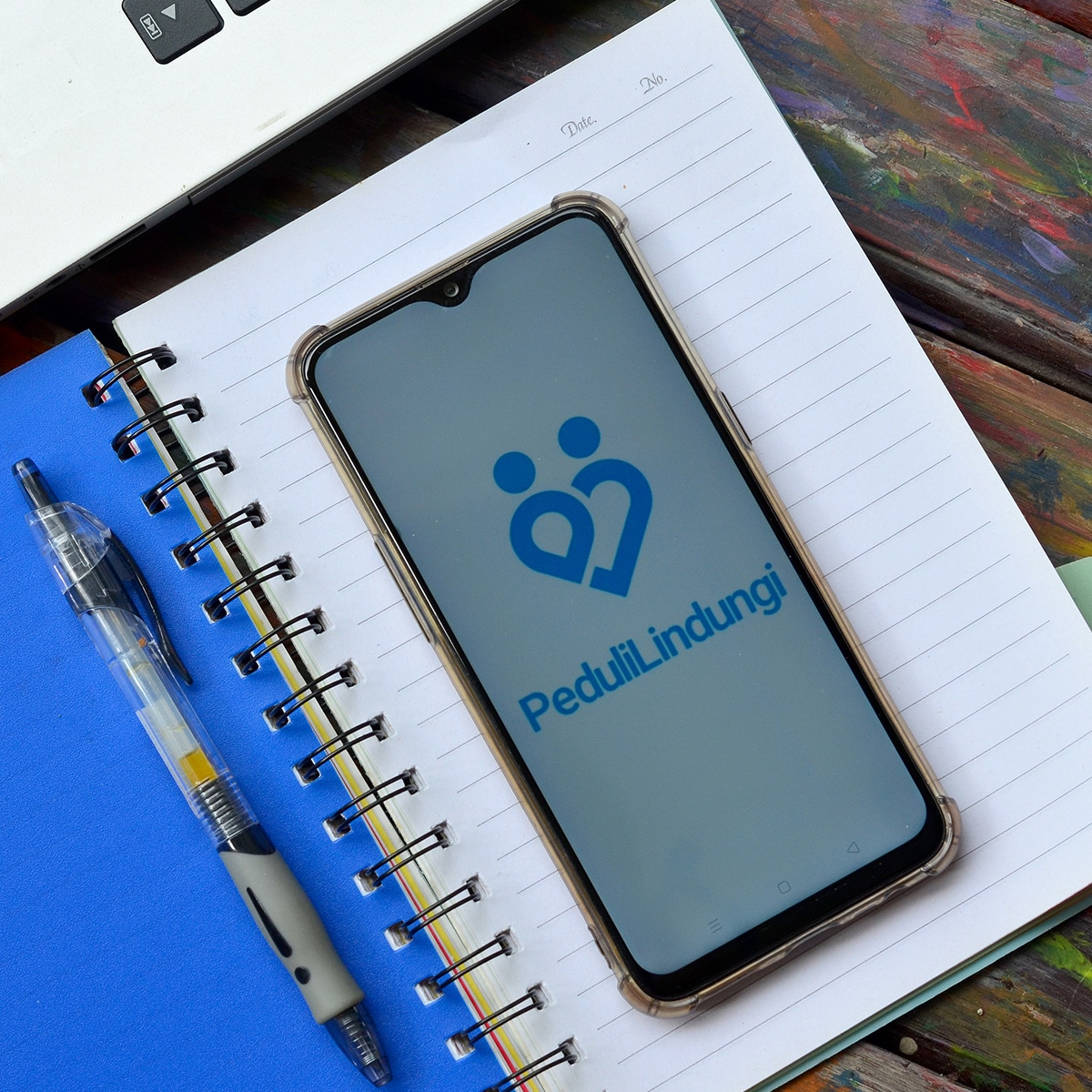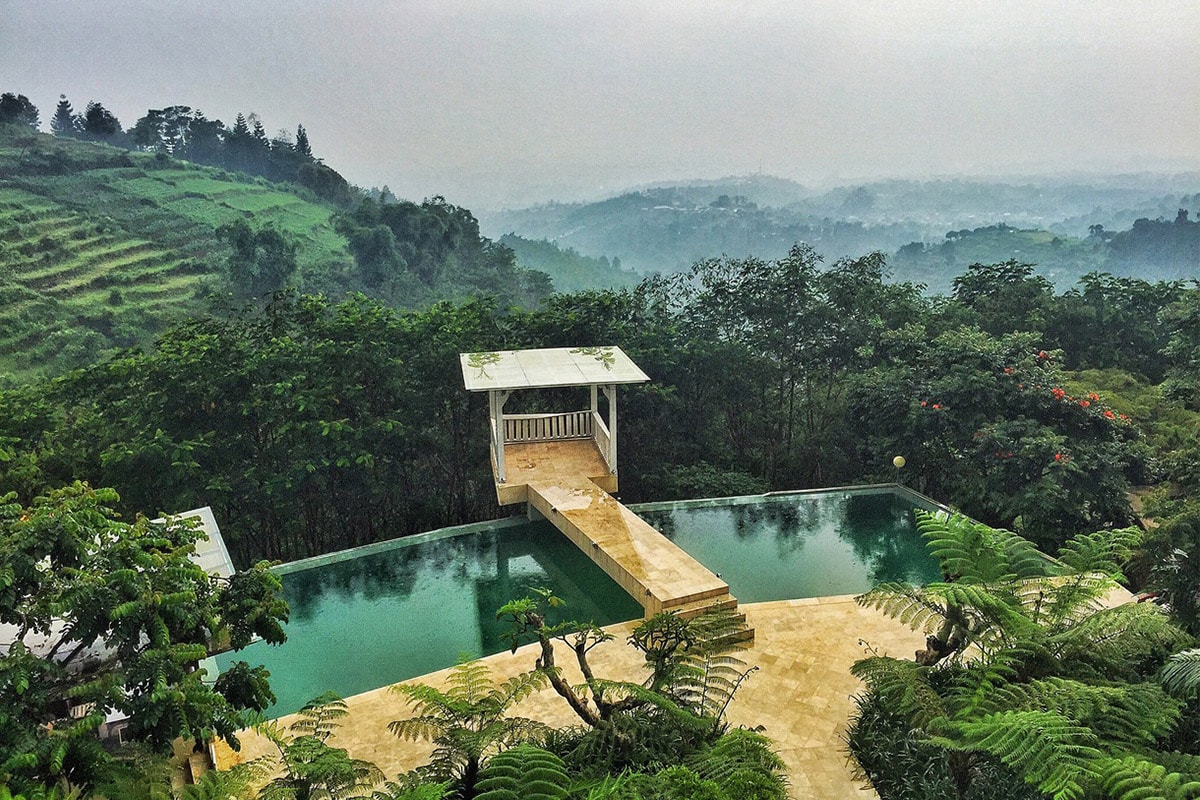Jakarta has no less than 140 Chinese temples across this sprawling cosmopolitan city. However, oldest among them all is the temple at Petak Sembilan in Jakarta’s Chinatown, locally better known as Glodok.
Originally built in 1650 by Chinese lieutenant Kwee Hoen, the temple was called Koan Im Teng, dedicated to the goddess Kwan Im. In its long history, this Taoist temple changed names a number of times. In 1740 at the horrific Chinese massacre by the Dutch, the temple was destroyed, but it was again rebuilt in 1755 by Chinese captain Oei Tjhie, who named it Kim Tek Le or Jin De Yuan (meaning golden wisdom). Later its name was translated into Bahasa Indonesia to become known as the Vihara Dharma Bhakti.
Located at Jalan Kemenangan III behind Jalan Gajah Mada, and covering 3000 square meters, the Vihara continues to be very well attended until this day. At every first and 15th day of the new moon, devotees flock to the temple to burn incense or light candles to ask for the Almighty’s protection and for prosperity. The temple is particularly packed during Chinese New Year celebrations when the Vihara becomes the focus of devotion, The road leading to the temple gate is narrow, made even narrower by parked motorbikes on both sides of the road. Here are also many beggars, still a distinct feature of the temple.
/ccdb4d4534131336f53650491b14cebcbbe55439-7719)
Before reaching the main temple there are 3 smaller temples whose interiors are dominated by the color red. Red lanterns hang from the ceilings with altars to the different deities arranged in each section of the hall.
Before entering the main temple, you can see people burning incense sticks called Hio, pray to the Highest Creator and plant the incense in a large broze bowl called the Hio-louw, or incense receptacle. On special days, the air in the plaza will be heavy with the smoke and odour of incense.
In the prayer hall in the Yin De Juan temple stand four red pillars that support a double ceiling that is dominantly yellow with the bud of a waterlily as its crown. Along one wall are rows of burning red candles, while in the middle of the hall stand tens of giant red candles. The sunlight that comes in from the ceiling gives the rising smoke in the temple its unique aura.
A number of bronze statues of deities are displayed at another side of the wall. In this temple are Tao, Confucian and Buddhist statues denoting that it follows the Buddhist Mahayana faith.
Whether you come to pray or visit the temple, do admire the beautiful carvings, the fine calligraphy around the pillars, the statues of deities, the paintings of dragons and swallow that were all created by artists some hundreds of years ago in Jakarta’s oldest Chinese temple.
The address of the temple is :
Vihara Jin De Yuan/ Kim Tek Ie
Jl. Kemenangan III No. 13 (Petak 9)
Glodok – Jakarta Barat
Other Chinese Temples nearby
Next to the Jin De Yuan temple there are still two other among Jakarta’s oldest Chinese temples nearby, they are the Vihara Tanda Bhakti and Vihara Dharma Jaya (Toasebio) that are located within walking distance to one another.
The Vihara Dharma Jaya (Toasebio), which is 259 years old, is bright red and distinguished by its roof which has dragons and birds perching on it. Behind the original building is a new two-storey construction that has been added to accommodate the large congregation that comes here to pray. Lanterns hang from its ceiling and a number of altars are placed around the hall. You will also see rows of candles neatly arranged by the wall.
Built 3 years after the Vihara Dharma Jaya, the Vihara Tanda Bhakti is recorded to be 256 years old. This temple looks imposing, and is also dominated by the colors red and yellow of its pillars and ceiling.
Get There
Petak Sembilan is located near the Jakarta Kota Station. From here you can use any local transport such as the angkot, metromini, ojek motorbike taxi, the Transjakarta bus, or the three-wheeled bajaj. From theKota Station (also known as Stasiun Beos), take the transport that heads to Tanah Abang.
When you alight at Glodok station you can just walk across to the Pancoran Market or the Asemka market. To reach Jalan Kemenangan, where are Jakarta’s oldest Chinese temples, turn left at the first street that heads to Asemka.






































































